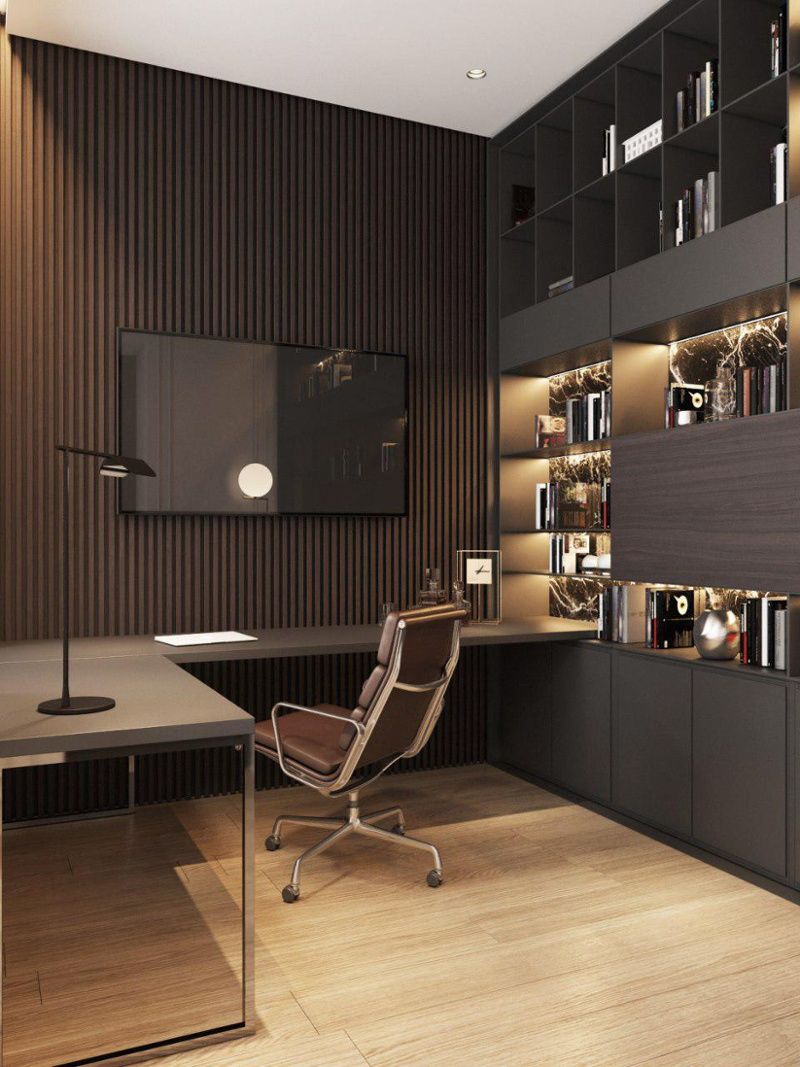
Home office designs have become increasingly popular as more people are working from home. A well-designed home office can increase productivity, creativity, and overall satisfaction with work. When designing a home office, it is important to consider factors such as space, lighting, storage, and comfort. Utilizing natural light can help create a bright and inviting workspace, while incorporating ergonomic furniture can ensure maximum comfort during long hours of work. Storage solutions such as shelving units, filing cabinets, and organizers can help keep the space clutter-free and organized. Additionally, incorporating personal touches such as artwork, plants, and inspirational quotes can help create a space that feels personalized and conducive to productivity. Overall, a well-designed home office can not only improve work efficiency but also create a comfortable and inviting environment for getting work done.
Designing a home office is a critical task for many people, especially considering the increasing number of individuals now working remotely. A well-designed home office can significantly boost productivity and overall satisfaction in one’s work environment. When approaching the design of a home office, it is essential to consider both functionality and aesthetics. This includes choosing the right furniture, lighting, storage solutions, and decor that will create a comfortable and inspiring workspace.
One key aspect of designing a home office is selecting the right furniture. A comfortable and ergonomic desk and chair are essential to prevent any physical strain during long hours of work. Additionally, incorporating storage solutions such as shelves, file cabinets, and drawers can help maintain a clutter-free workspace. To enhance the ambiance of the home office, choosing decor elements like artwork, plants, and stylish lighting fixtures can create a pleasant and motivating atmosphere.
Lighting is another crucial element to consider when designing a home office. Natural light is always preferred, as it can boost mood and productivity. However, if natural light is limited, incorporating task lighting and ambient lighting can provide adequate illumination for working comfortably. Furthermore, strategically placing the desk near a window or utilizing light-colored furniture can help reflect light and brighten the space. Ultimately, the goal of designing a home office is to create a functional and visually appealing workspace that promotes focus and creativity.
 Decoration Ideas
Decoration Ideas










